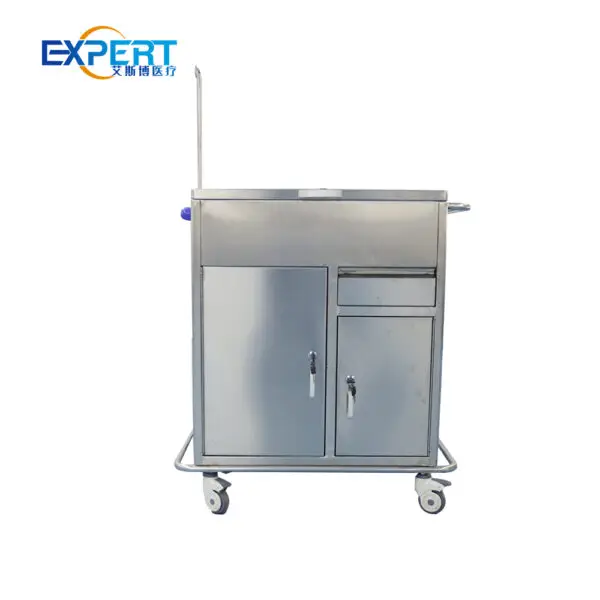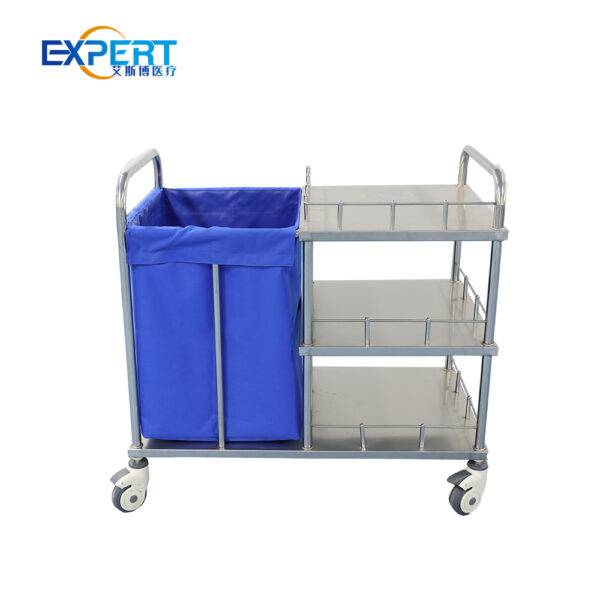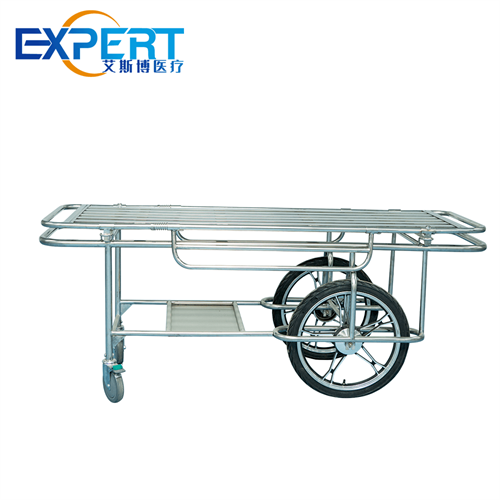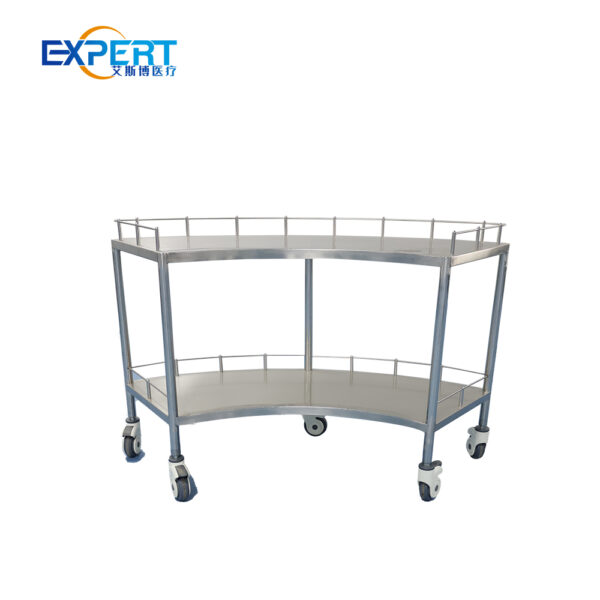Адрес
304 North Cardinal St.
Дорчестер-центр, Массачусетс 02124
Часы работы
С понедельника по пятницу: с 7:00 до 19:00.
Выходные: 10.00 - 17.00
Адрес
304 North Cardinal St.
Дорчестер-центр, Массачусетс 02124
Часы работы
С понедельника по пятницу: с 7:00 до 19:00.
Выходные: 10.00 - 17.00

Цель этого блога — предоставить исчерпывающую информацию о размерах больничных тележек, рассмотреть их важность, области применения и способы выбора правильного размера для различных нужд.
Hospital trolleys are essential pieces of equipment in healthcare facilities, serving a wide range of purposes from transporting medical supplies to supporting patient care activities. The size of a hospital trolley is a critical factor that influences its functionality, ease of use, and compatibility with the healthcare environment. This blog aims to provide a comprehensive understanding of hospital trolley sizes, exploring their importance, applications, and how to choose the right size for different needs.

The size of a hospital trolley directly affects its usability and efficiency in a healthcare setting. A well-sized trolley ensures that medical staff can easily maneuver it through corridors, store necessary supplies, and perform their duties without unnecessary strain or delay. Conversely, an ill-sized trolley can lead to operational inefficiencies, increased risk of accidents, and compromised patient care.
Several factors influence the appropriate size of a hospital trolley, including:
Hospital trolleys come in various sizes to meet different needs. Here are some common dimensions and their typical uses:
| Trolley Type | Dimensions (L x W x H) | Типичное использование |
|---|---|---|
| Medication Trolley | 900 x 500 x 1000 mm | Storing and transporting medications |
| Patient Transfer Trolley | 2100 x 650 x 800 mm | Moving patients between different hospital areas |
| Surgical Instrument Trolley | 1000 x 600 x 900 mm | Carrying surgical instruments and supplies |
| Linen Trolley | 1200 x 700 x 1100 mm | Transporting clean or soiled linens |
| Emergency Trolley | 1100 x 600 x 1000 mm | Carrying emergency medical equipment and supplies |
In addition to standard sizes, there are specialized trolleys designed for specific tasks:









To choose the right hospital trolley size, start by assessing your specific needs:
The ergonomics of a hospital trolley are crucial for ensuring ease of use and minimizing the risk of injury to staff. Consider the following ergonomic factors:
The material and construction of the trolley also play a role in determining the appropriate size. Common materials include stainless steel, aluminum, and high-strength plastics. Consider the following:
To help you understand the differences in hospital trolley sizes, here is a comparison table of various types:
| Trolley Type | Dimensions (L x W x H) | Типичное использование |
|---|---|---|
| Medication Trolley | 900 x 500 x 1000 mm | Storing and transporting medications |
| Patient Transfer Trolley | 2100 x 650 x 800 mm | Moving patients between different hospital areas |
| Surgical Instrument Trolley | 1000 x 600 x 900 mm | Carrying surgical instruments and supplies |
| Linen Trolley | 1200 x 700 x 1100 mm | Transporting clean or soiled linens |
| Emergency Trolley | 1100 x 600 x 1000 mm | Carrying emergency medical equipment and supplies |
| Anesthesia Trolley | 800 x 500 x 900 mm | Holding anesthesia supplies and equipment |
| Crash Cart | 1100 x 600 x 1000 mm | Equipped with life-saving equipment for emergencies |
| Procedure Trolley | 900 x 500 x 1000 mm | Used for various medical procedures |

Using trolleys of the appropriate size enhances operational efficiency by ensuring that medical staff can quickly and easily access the necessary supplies and equipment. This reduces the time spent searching for items and moving them around the facility, allowing for more focused patient care.
Properly sized trolleys contribute to a safer healthcare environment. They reduce the risk of accidents and injuries associated with handling heavy or awkward loads. Ergonomically designed trolleys also minimize the risk of musculoskeletal injuries among staff.
Selecting the right trolley size helps in optimizing space utilization within the facility. Trolleys that are too large can obstruct corridors and create bottlenecks, while too small trolleys may not provide sufficient storage capacity. The right size ensures smooth workflow and easy storage when not in use.
Investing in trolleys of the correct size can be cost-effective in the long run. Appropriately sized trolleys reduce wear and tear on the equipment and minimize the need for frequent replacements. Additionally, they enhance staff productivity, contributing to overall cost savings.
Understanding hospital trolley sizes is crucial for optimizing functionality, safety, and efficiency in healthcare settings. By selecting the right size based on specific needs, space constraints, and ergonomic considerations, healthcare facilities can enhance their operational effectiveness and provide better patient care. Whether you need a trolley for medication distribution, patient transport, or emergency response, choosing the appropriate size ensures that your facility operates smoothly and safely.
Standard dimensions vary depending on the type of trolley. Common sizes include 900 x 500 x 1000 mm for medication trolleys, 2100 x 650 x 800 mm for patient transfer trolleys, and 1100 x 600 x 1000 mm for emergency trolleys.
To determine the right size, assess your specific needs, including the primary use, space constraints, and load requirements. Consider ergonomic factors and choose a trolley that fits comfortably within your facility’s layout.
Yes, many manufacturers offer customization options for hospital trolleys. You can specify dimensions, materials, and additional features to meet the specific needs of your facility.
Common materials include stainless steel, aluminum, and high-strength plastics. These materials are chosen for their durability, ease of cleaning, and resistance to corrosion.
Ergonomics is important to ensure ease of use and reduce the risk of injury to staff. Ergonomically designed trolleys improve control, minimize strain, and enhance overall user comfort.